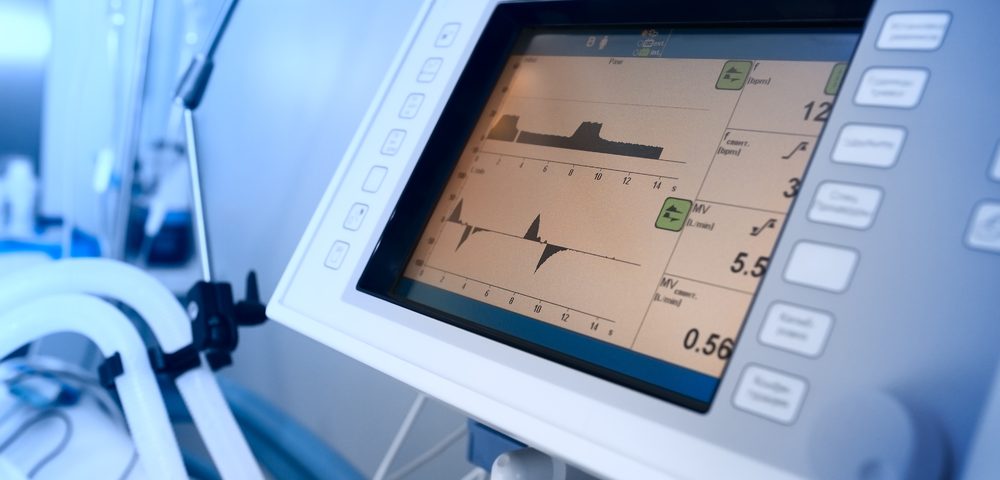Mechanical ventilation given idiopathic pulmonary fibrosis (IPF) patients in respiratory distress is associated with a four-fold increase in hospital costs and a seven-fold increase in in-hospital mortality, a new study finds.
Researchers also report that IPF patients given mechanical ventilation — despite guidelines recommending against such use — are usually younger, male and “frequently” diagnosed with a principal respiratory problem other than IPF, such as pneumonia.
The study, titled “Mechanical ventilation in idiopathic pulmonary fibrosis: a nationwide analysis of ventilator use, outcomes, and resource burden,” was published in the journal BMC Pulmonary Medicine.
Ventilator support is often given to patients experiencing an acute episode of respiratory failure. While such support can be of benefit, many IPF patients placed on mechanical ventilation (MV) have poor outcomes, with one systematic review reporting up to an 87% mortality rate. Treatment guidelines recommend that MV should not be used with most IPF patients, being primarily reserved for those awaiting a lung transplant.
To find if support exists for these guidelines, researchers at Stanford University conducted a retrospective study that analyzed nationwide trends associated with the use of MV in patients with IPF, looking at factors such as hospital cost, length of stay, and mortality.
The analysis included 22,350 patients, 19,805 who were given received mechanical ventilation and 2,546 who were not.
MV use was found to be associated with an average hospital stay of 16.1 days, compared to an average stay of 6.3 days in the other group of patients. Furthermore, hospital costs for patients who underwent mechanical ventilation was $48,772, while the amount was $11,861 for those not treated with MV.
Importantly, the in-hospital mortality rate associated with patients undergoing MV was 55.7%, and 7.5% for patients who did not receive MV.
The team also found that patients who were younger, female, diagnosed with IPF as their principal diagnosis — and of Hispanic ethnicity — were less likely to be given MV, while “[y]ounger, male patients with fewer comorbidities and/or with a non-IPF principal diagnosis” were most likely to be placed on mechanical ventilation. People with cardiovascular issues, bacterial pneumonia, and who were admitted to a teaching hospital also had a higher chance of being administered MV.
“The unchanging nationwide use of MV over time, despite IPF treatment guidelines conditionally recommending against MV use, reflects the limited options available to clinicians treating acute worsening of IPF and the difficulty of advance care planning in IPF,” the researchers conclude. “Notably, IPF patients who received MV were younger with fewer chronic medical conditions … and more frequently coded with a non-IPF principal respiratory diagnosis (e.g., pneumonia). This suggests a nationwide preference for MV use in younger, somewhat healthier, IPF patients or in those with a clinical suspicion of a reversible condition.”
Overall, they add, “The high mortality and economic burden associated with MV in IPF stresses the need to improve the quality of medical care for IPF patients. … While recently approved pharmacologic therapies slow disease progression and may reduce acute exacerbations, the course of IPF remains unpredictable.”

